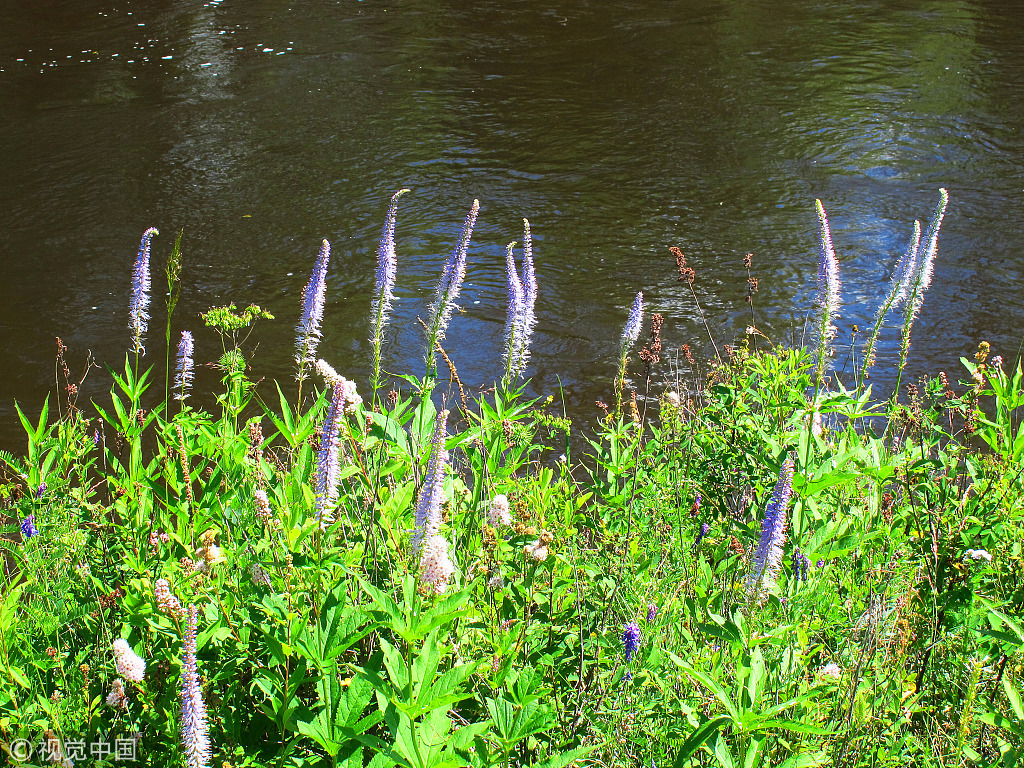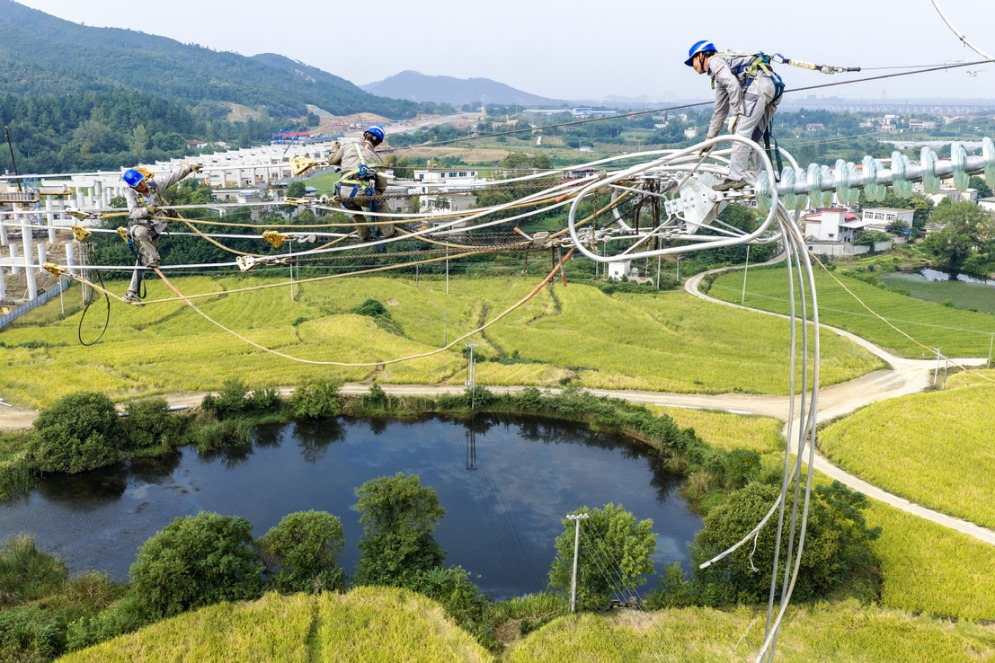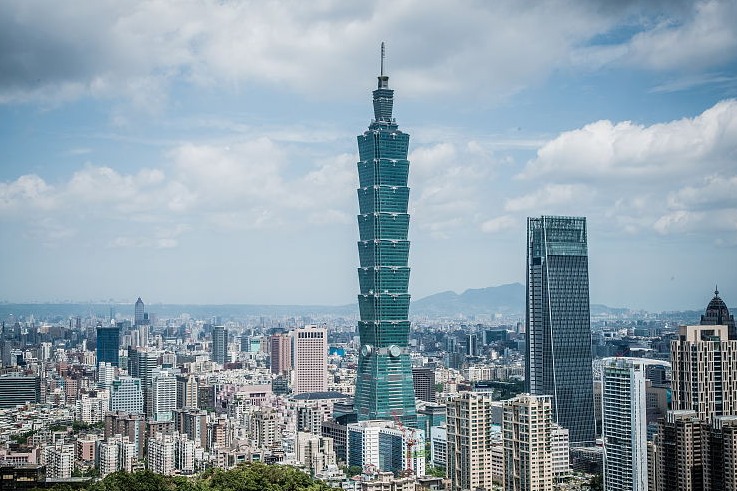Tropical vegetation water uptake varies in dry, rainy seasons on river bank: research


BEIJING -- Chinese researchers have discovered that the water uptake of tropical riparian vegetation varies in different seasons.
Riparian vegetation, which grows on the bank of river, is an important inhabitant of forest ecosystems, though it is vulnerable and affected by climate change.
Due to the fluctuation in rainfall and surface water amount, riparian plants are usually exposed to dry and rainy seasons throughout the year.
The researchers from the Chinese Academy of Sciences identified water sources for riparian plants in tropical forest of southwest China.
The results showed apparent seasonal variation in water use patterns for most trees.
Deep soil below 50 centimeters was the main water source for most riparian trees in dry season, while shallow soil above 15 centimeters was the primary water source during the rainy season.
The researchers also found shallow-rooted plants like herbs and seedlings struggled to survive in riparian ecosystem because of water scarcity in shallow soil during the dry season.
Thus less rainfall or dry condition may affect the growth of riparian vegetation under climate change, according to the research.
- China activates emergency response as Typhoon Matmo approaches
- Over 230 anticancer drugs feature in national medical insurance catalog
- South China provinces activate Level-IV emergency typhoon response
- Xi congratulates Luxembourg's Grand Duke Guillaume on enthronement
- Prison terms issued over deadly 2023 Shanxi coal company fire
- PLA Navy ships depart HKSAR after open ship events




































